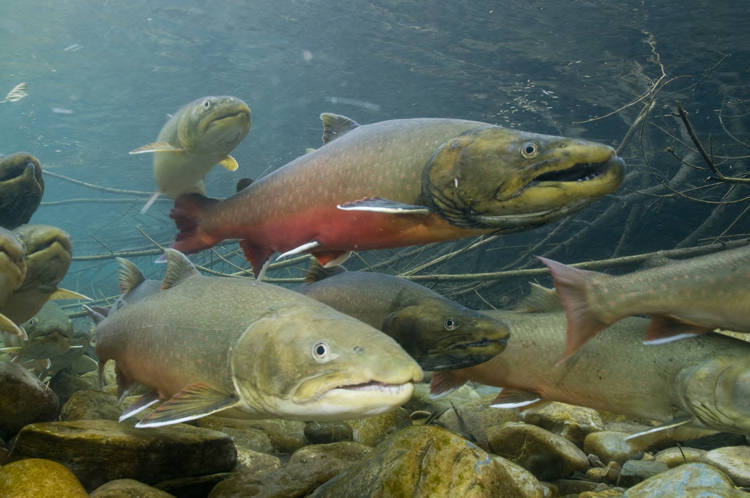Montana really doesn’t want folks importing aquatic invasive species. From the official press release . . .
Montana Fish, Wildlife & Parks officials reminded private and commercial boaters yesterday that state law requires all motorists hauling watercraft—from trailers with motorboats or inflatable rafts to canoes and kayaks perched atop cars and pick-up trucks—to stop at inspection stations.
The annual education and enforcement effort, which this year includes multiple chances to win prizes from an array of local sponsors, is to further curb the risk of aquatic invasive species from attaining a foothold in Montana waters.
Seventeen well-marked inspection stations will again be in operation beginning Thursday, May 21 through September at key border crossings, along major highways, and on heavily used water bodies. Motorists who stop will have their equipment checked—and cleaned if needed—and get information on how to enter a raffle for prizes to be awarded throughout the boating season.
Montana law requires private motorists and outfitters and guides hauling watercraft—including motorboats, sailboats, kayaks, canoes, rowboats, rafts, jet skis and even small kick boats popular among some anglers—to always stop at AIS watercraft inspection stations for a brief interview and equipment check. Most inspections take fewer than five minutes but failure to stop could lead to a $135 fine.
Last year, nearly 35,000 watercraft were inspected at Montana’s roadside stations. A total of 54 motorboats and three non-motorized watercrafts were found to have been fouled by zebra mussels and other AIS contaminants and hundreds more contained standing water or noninvasive vegetation.
Read more . . .
